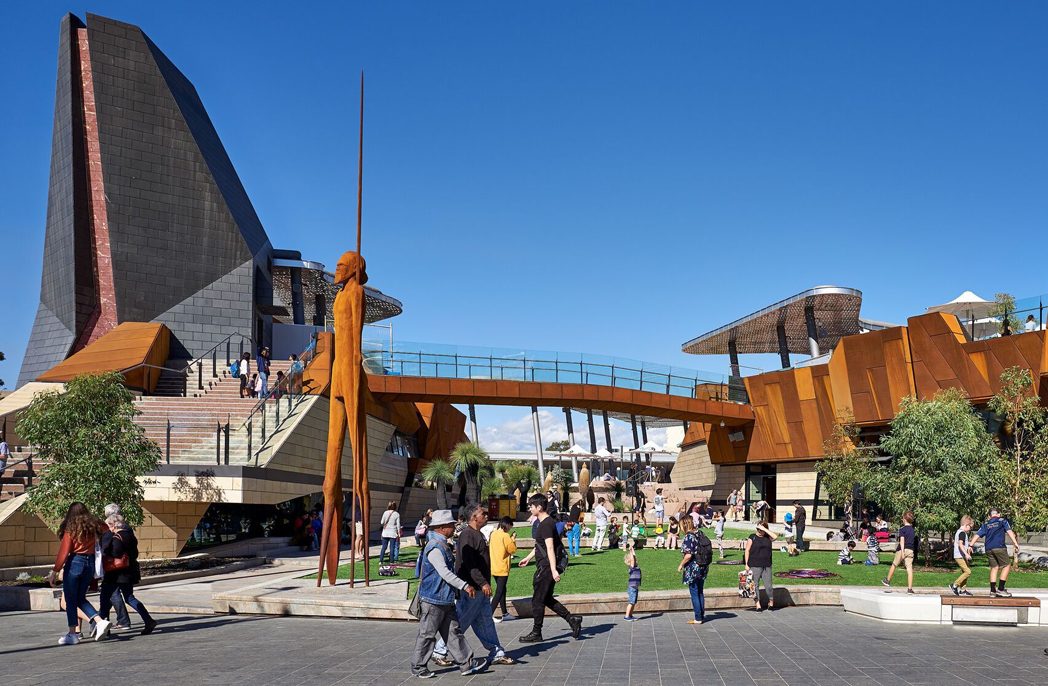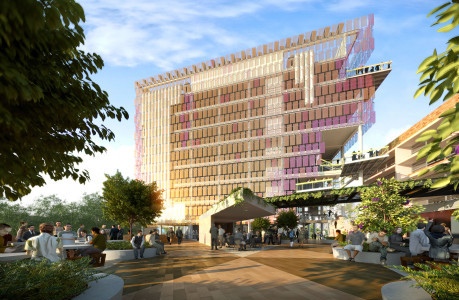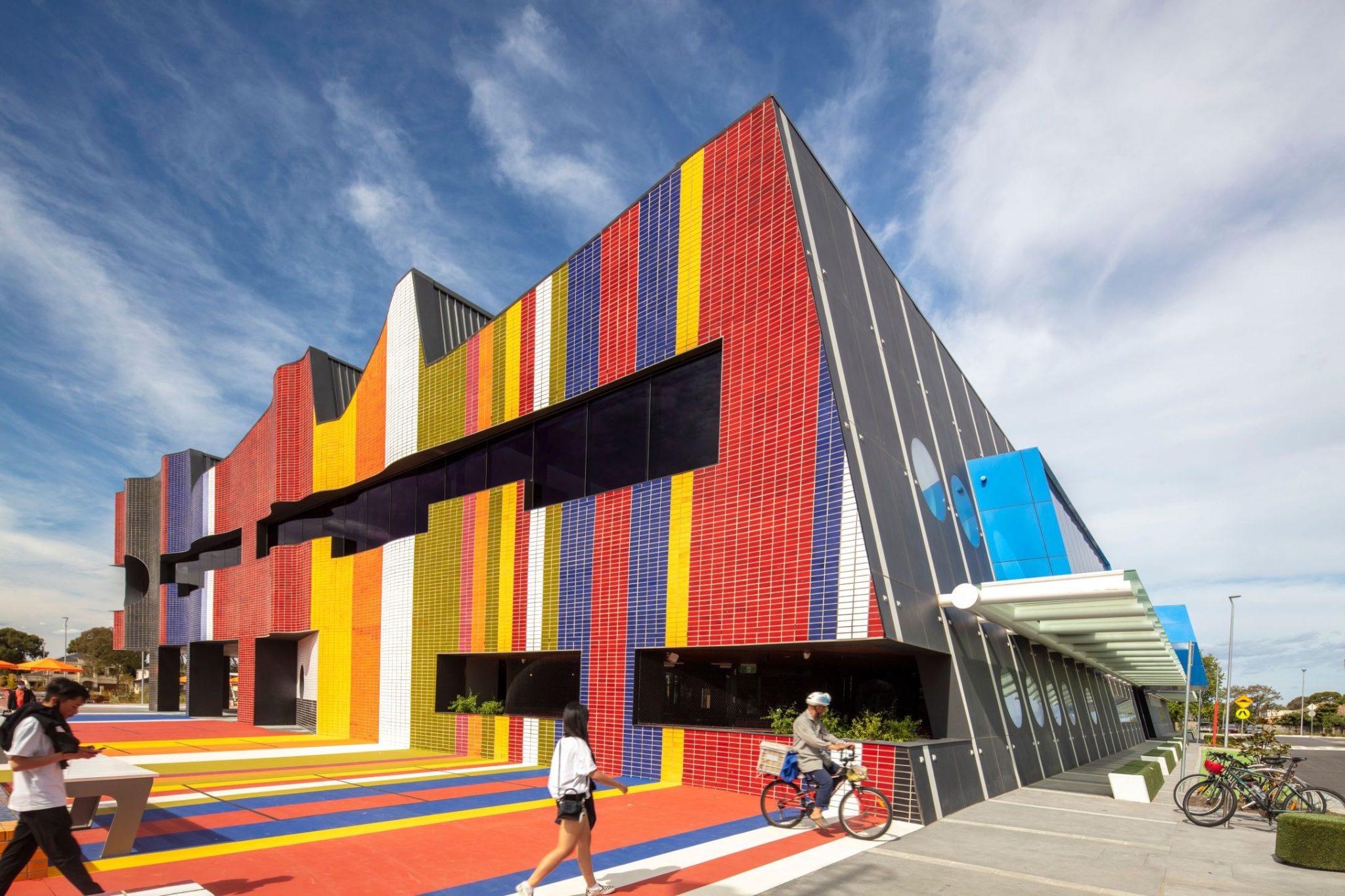
There is some fear over “being open and honest” as a young woman in architecture, says Stephanie Lancuba
There is some fear over “being open and honest” as a young woman in architecture, says Stephanie Lancuba
Share
In our ongoing series on women in architecture, we chat to Lyons project architect Stephanie Lancuba on the fears, challenges and influences that have changed her course as a young designer.
When did you first become interested in architecture and design?
From a young age, I was generally interested in creative pursuits, but my connection to the construction industry is through my dad, who is a cabinet maker. I have lots of fond memories of going to his factory and wandering around the machinery, kitchen carcasses and sawdust piles.
What do you feel is the most challenging part of being an architect today?
Where to begin? The fear of being open and honest about the reality of women in the industry as it might attract retribution or be dismissed as nonsense. Gradually as you speak up and people show support, this fear subsides, but it’s not always a positive outcome (even as I write this, I wonder if it is ‘appropriate’ to make such comments).
Has there been any particular project or client that has changed the way you work?
The new gatehouse at the Dame Phyllis Frost Centre. It’s a maximum-security women’s prison in Melbourne’s western suburbs. I had never worked on any cellular accommodation before, and this project continually brought up discussions of morals and ethics. Importantly, how we as designers have an obligation not just to the users of the space, but their families and the staff.
It also opened my eyes to my own bias and prejudices. I struggled with the reality that architecture can only affect so much – societal structure has a significant role to play, no matter how much we believe architecture can change the world.
What other designers, peers and creatives do you admire?
My partner, Michael Prato, who shows me continuous support. Ripeka Walker, who is one of my most significant mentors, although she may not realise it.
I also admire Sarah Paddick for pushing boundaries and challenging the status quo in the women’s prison environment in South Australia. Also Yvonne Farrell and Shelley McNamara. I visited the Università Luigi Bocconi last year and their attention to detail, curation and generosity of spaces were an absolute pleasure.
What was one of your biggest lessons learned since starting out as an architect?
The value of mentoring. One of the reasons why I tutor at RMIT University is because I view teaching as I view mentoring. It is incredibly satisfying to impart the wisdom and lessons I’ve learnt.
What would be your dream project?
I am always driven by projects that aim to have significant impact. If I had to pick, it would be a religious/ spiritual space. I have always been fascinated by and find myself extremely moved by places of worship of any denomination.
Read more from our women in architecture series with interviews with Architectus design leaders Marina Carroll and Elizabeth Seuseu, interior design leaders from Coy Yiontis, Studio Tate and Kate Challis Design, RebelArchitette and SJB’s Monica Edwards.
Parlour was also awarded this year’s Paula Whitman Leadership in Gender Equity Prize for its work for women in the architecture industry.
You Might also Like



















